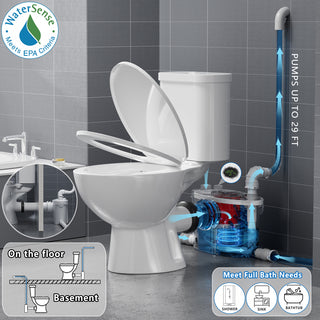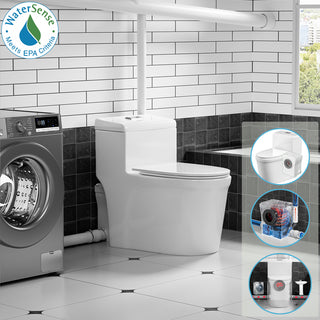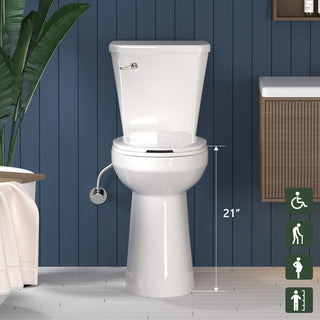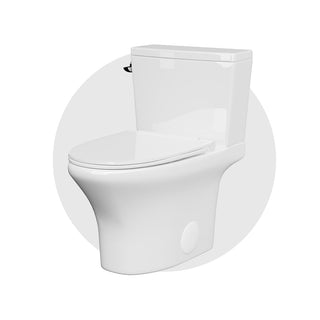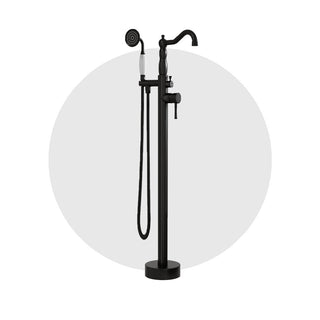First, it’s important to know that the water level in the toilet tank is controlled by the inlet valve inside the toilet tank.
Alongside the inlet valve, there is also a flush valve that regulates the water flow into the toilet. Together, the inlet and flush valves work to control the water flow, playing a crucial role in ensuring the toilet functions properly. If you're interested in learning more, please check our previous blog post: Do you know how the "heart" of a toilet works?
This article focuses on how to adjust the water level in the toilet tank using the inlet valve.
I. Structure and Working Principle of the Inlet Valve
The inlet valve typically consists of a float and a valve body. As the water level rises and reaches the preset height of the float, the valve closes, stopping the water from entering the tank.
II. How to Set the Float Height
The key to adjusting toilet tank water level is setting the float height. Here are two main methods to do this:
- Tip: Depending on the batch or brand, there may be slight variations, so choose the appropriate method based on your specific inlet valve design.
· Method ①
Simply press the clip, rotate the inlet valve, adjust to the desired height, then rotate the valve back and lock the clip in place.
Note: Always keep the float height below the overflow tube of the flush valve to prevent automatic overflow and water wastage.
· Method ②
Using a screwdriver, turn the adjustment rod on the float clockwise to raise the water level, or counterclockwise to lower it.
Tip: Ensure the float height remains below the overflow tube of the flush valve to avoid overflow and water wastage.
III. Conclusion
That’s how you adjust the water level in the toilet tank using the inlet valve. It will also be helpful if you want to adjust the flush volume based on your current setting. If you have any questions, feel free to leave a comment or contact us!


